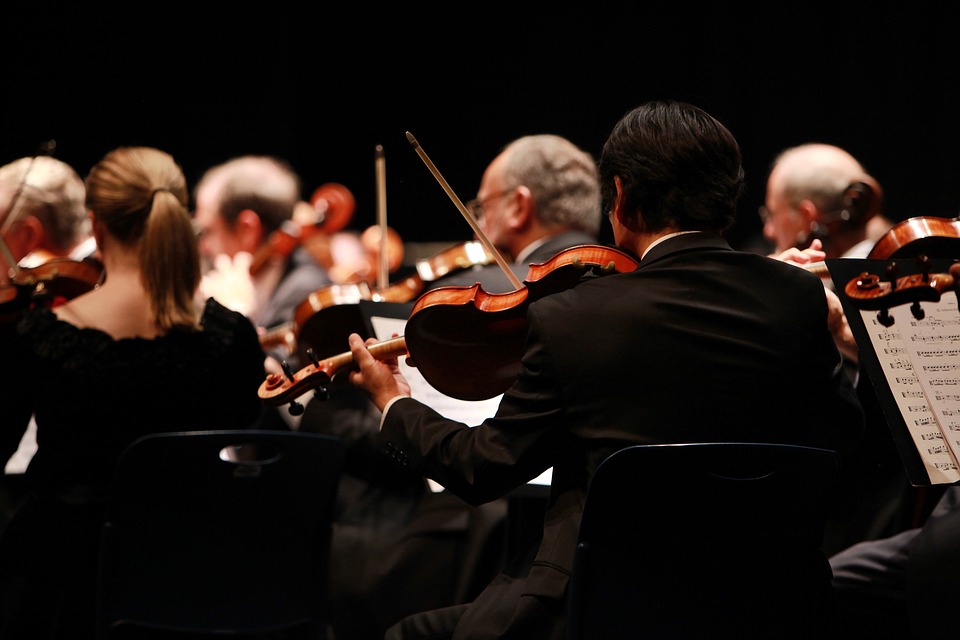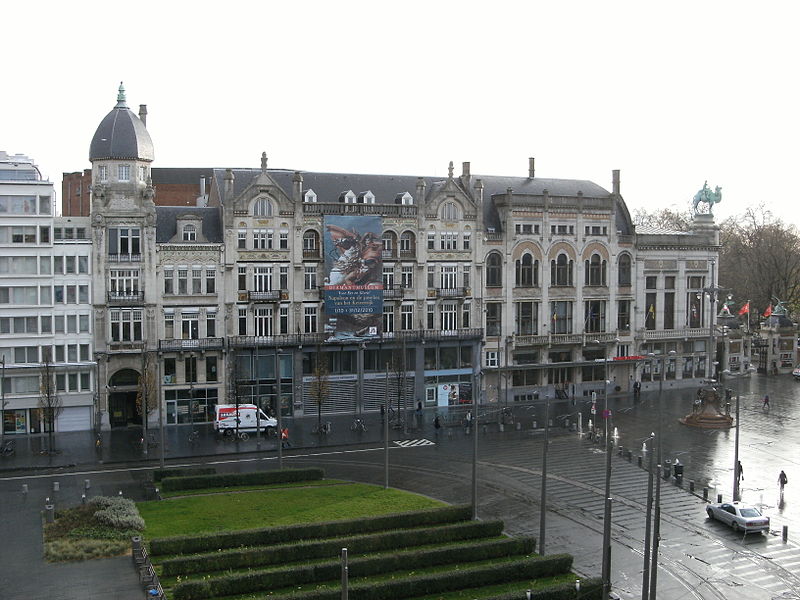Biography
Music, like life itself, is inconceivable without romanticism.
Romanticism is a high dream of the past, present, and future–a force of invincible beauty
which towers above, and conquers, the forces of ignorance, bigotry, violence, and evil.
–Giya Kancheli
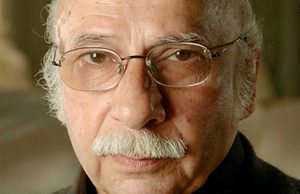
Giya Kancheli was born on August 10, 1935, in Tbilisi, Georgia (former Transcaucasian SFSR, Soviet Union). Between 1959 and 1963, Kancheli studied at the State Conservatory of Tbilisi. He composed the first of his seven symphonies in 1967. In Georgia, he became known for his music for the theater—in 1971 becoming musical director of the Rustaveli Theater in Tbilisi. In 1976, he received a national award for his fourth symphony, which was premiered in January 1978 in the United States by Yuri Temirkanov and the Philadelphia Orchestra. Since then, his works have been performed by great performers such as Dennis Russell Davies, Djansoug Kakhidze, Gidon Kremer, Yuri Bashmet, Kim Kashkashian, Mstislav Rostropovitch, and the Kronos Quartet. His work, which is often very tonal, simple, and sometimes even minimalist, borrows from modernist composers such as Béla Bartók. Known primarily for his seven symphonies, he has also composed several pieces for orchestra, opera, and chamber music. In addition to a classical repertoire, he is the author of several film scores. From 1991 to 1995, the Georgian composer lived in Berlin, Germany, where he received a scholarship from The Academy of Arts, Berlin. Since 1995, he has lived in Antwerp, Belgium, where he became a composer-in-residence for the Antwerp Symphony Orchestra.
He passed away in his home city of Tbilisi October 2, 2019.
Giya Kancheli was married and had two children.
The Rustaveli National Academic Theater
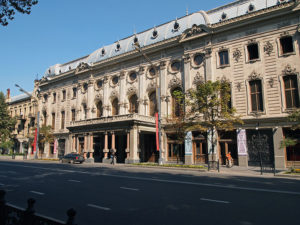 The Rustaveli National Academic Theater in Tbilisi is the largest and one of the oldest theaters in Tbilisi and Georgia.
The Rustaveli National Academic Theater in Tbilisi is the largest and one of the oldest theaters in Tbilisi and Georgia.
The theater was named after Shota Rustaveli on November 25, 1921, but the history of the Rustaveli Theater started much earlier.
In 1879, members of the Drama Committee, a group of the great Georgian writers and poets Ilia Chavchavadze, Akaki Tsereteli, Dimitri Kipiani, David Eristavi, and Ivane Machabeli, received the official theater charter, selected the building, and on September 5, 1879, the first season in the State Drama Theater opened with Barbare Jorjadze’s comedy, “What I was looking for and what I found.” The success was resounding, and in the following years the Theater’s repertoire included almost all the famed and popular classic plays that were performed on Russian and European stages.
In 1921, the theater was named Rustaveli in honor of the national Georgian poet Shota Rustaveli.
The present building, which once housed the Artistic Society of Tbilisi, was built in 1901. Its façade overlooks Rustaveli Avenue, the main artery of the Georgian capital. The architecture of the building is mainly a mix of Baroque and Rococo styles. The interior decoration is done by Georgian and Russian painters, and the theater has a main hall with 800 seats and a secondary one with 300 seats.
From 1922 to 1926, the troupe was directed by Koté Mardjanichvili, then, from 1926 to 1935, by Sandro Akhmeteli, two famous directors whose traditions are carefully preserved by the theater’s troupe.
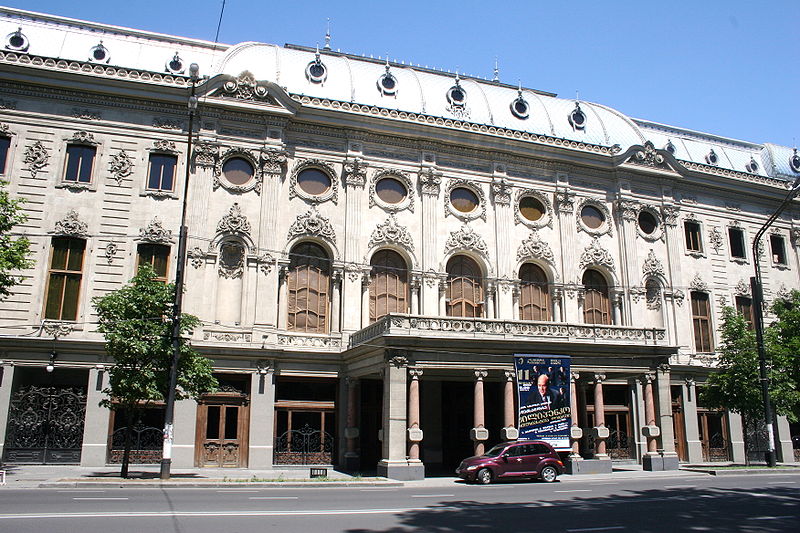
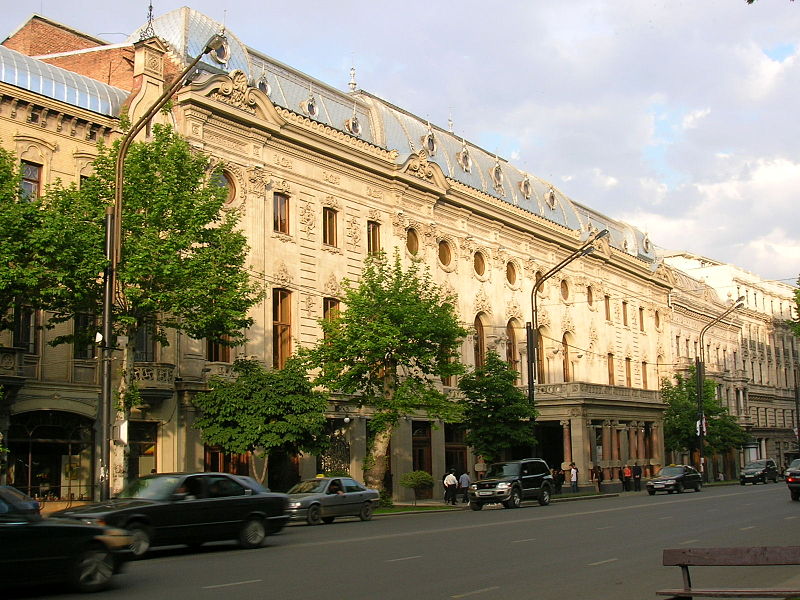
The Tbilisi State Conservatoire
The original building was erected between 1901 and 1905. For a while it housed a musical school until the Conservatory was formally established on May 1, 1917, and was recognized as such by the Russian Musical Society.
It is located on the famous Rustaveli Avenue, named after the Georgian classical poet Shota Rustaveli. The architecture of the building is eclectic in style with a mix of Renaissance and Baroque traditions. All those entering the Conservatory are greeted by the statue of the composer Anton Rubinstein, which stands in front of the facade.
Among the first teachers at the Conservatory were students of Franz Liszt, Antoine-François Marmontel, Ignaz Moscheles, Tchaikovsky, and Henryk Wieniawski. Many came from the Tchaikovsky Conservatory in Moscow or the Rimsky-Korsakov Conservatory in St. Petersburg.
Many conductors considered it an honor to perform at the Tbilisi Conservatory, among them Vladimir Horowitz, Egon Petri, Sviatoslav Richter, David Oistrakh, Emil Gilels, and Mstislav Rostropovich.
The conservatory now has about two hundred teachers and three auditoriums. Besides chamber and symphony concerts, many other cultural events take place at the Conservatory, such as national music competitions, international symposia, various master classes, and student opera performances.
Since 2006, the Tbilisi State Conservatoire has been a member of the European Association of Conservatories.
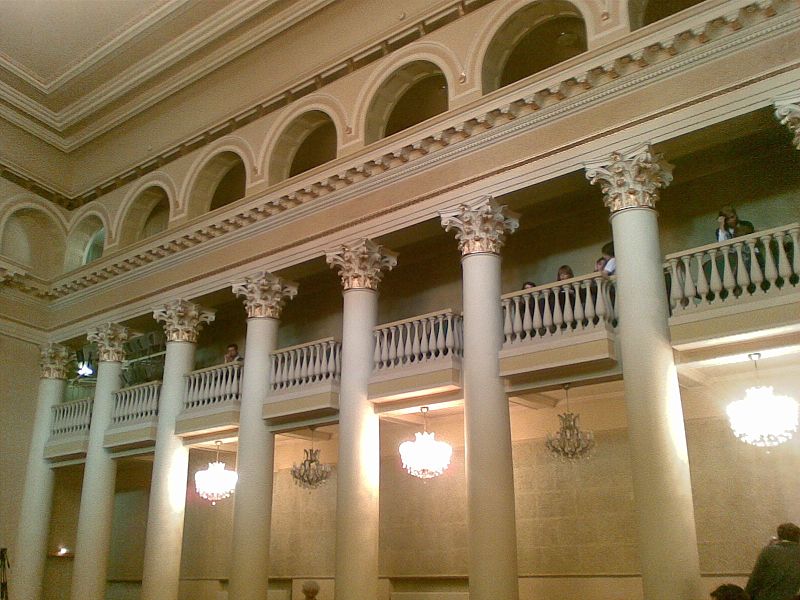
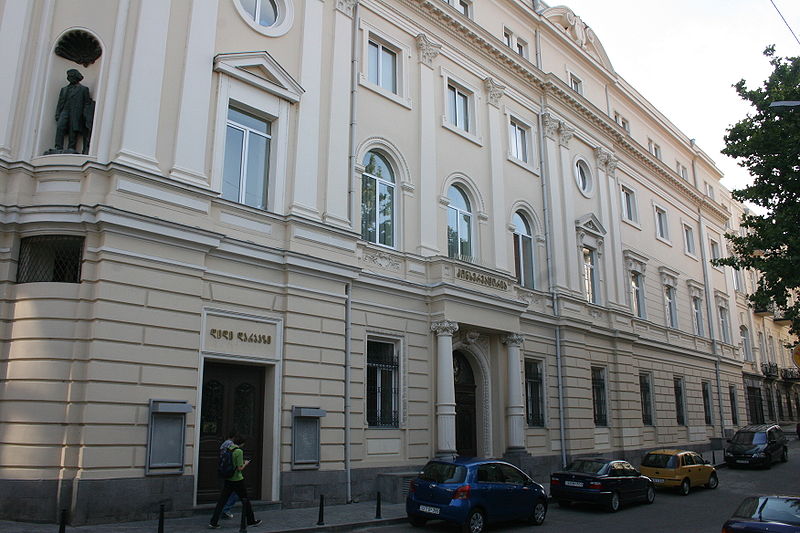
The Antwerp Symphony Orchestra
The Antwerp Symphony Orchestra is one of the seven art institutions in Flanders, and as such it is one of the most important cultural representatives of the Flemish community.
It has 78 members, and its repertoire includes most of the classical composers, Belgian music, and contemporary music.
From its inception in 1956, the Orchestra sees its mission as presenting its classical and contemporary repertoire to as large an audience as possible.
For this purpose, concert series are regularly organized in the most important concert halls of the country; deSingel in Antwerp, the Palais des Beaux Arts in Brussels, De Bijloke in Ghent, and the Bruges Concertgebouw are among the permanent venues.
The Orchestra has performed in the Musikverein and the Konzerthaus in Vienna, the Festspielhaus in Salzburg, the Royal Festival Hall in London, the Amsterdam Royal Concertgebouw, the Théâtre des Champs-Élysées in Paris, the Philharmonie am Gastein in Munich, the Alte Oper in Frankfurt am Main, and the Auditorio Nacional de Música in Madrid.
International concert tours through various European countries and Japan are always on the orchestra’s calendar.
In addition to its regular concerts, the Orchestra gives attention and time to working with youth and participates in many social projects.
